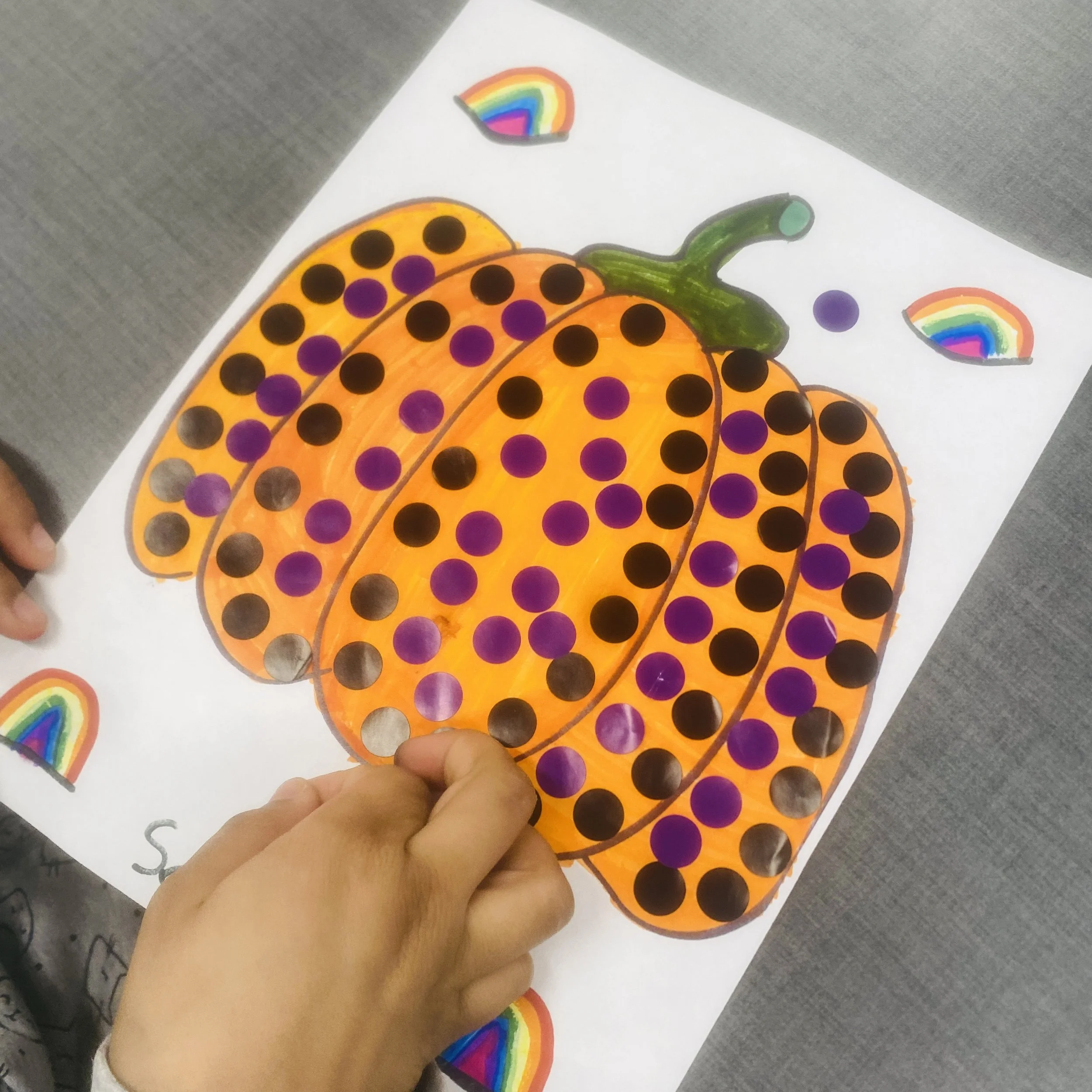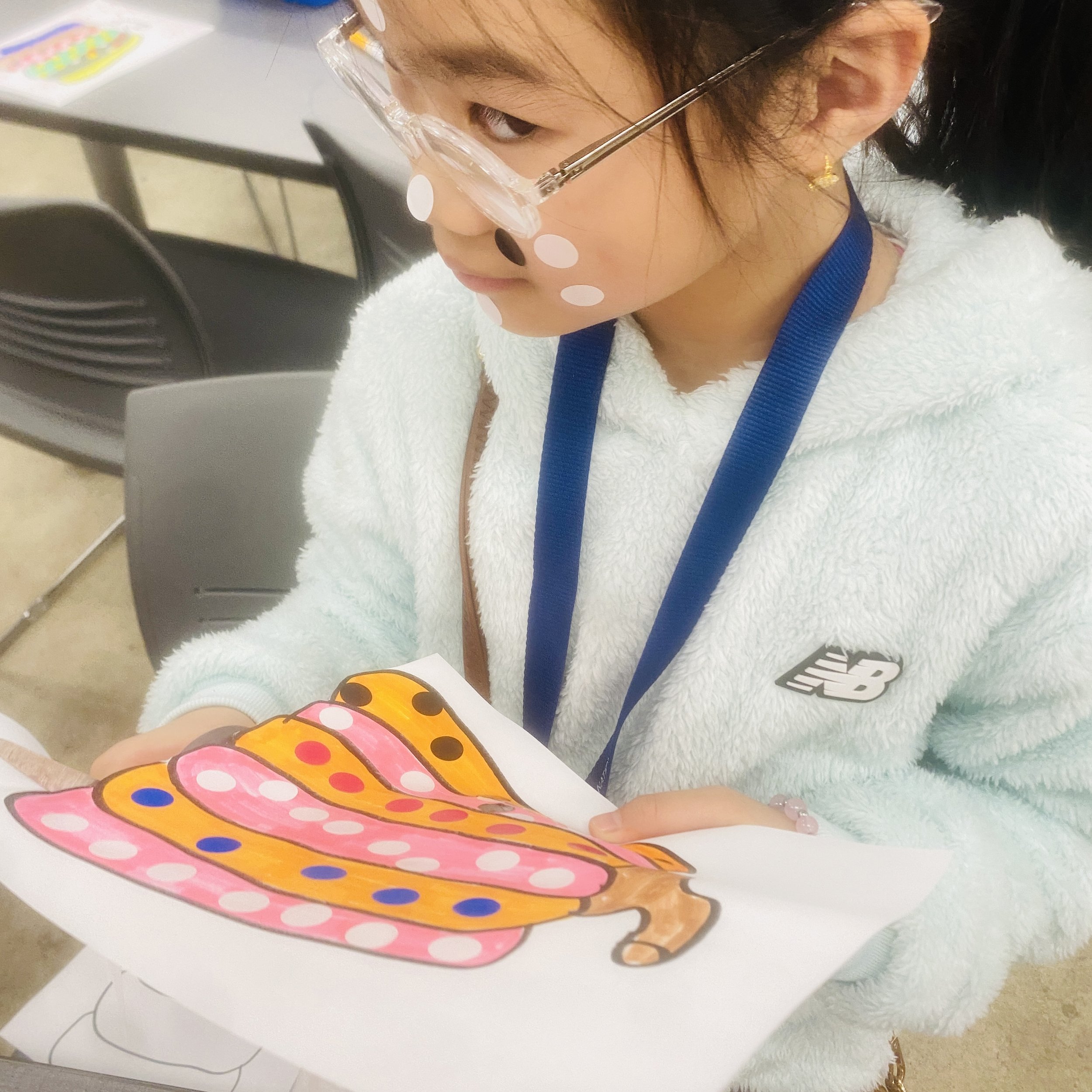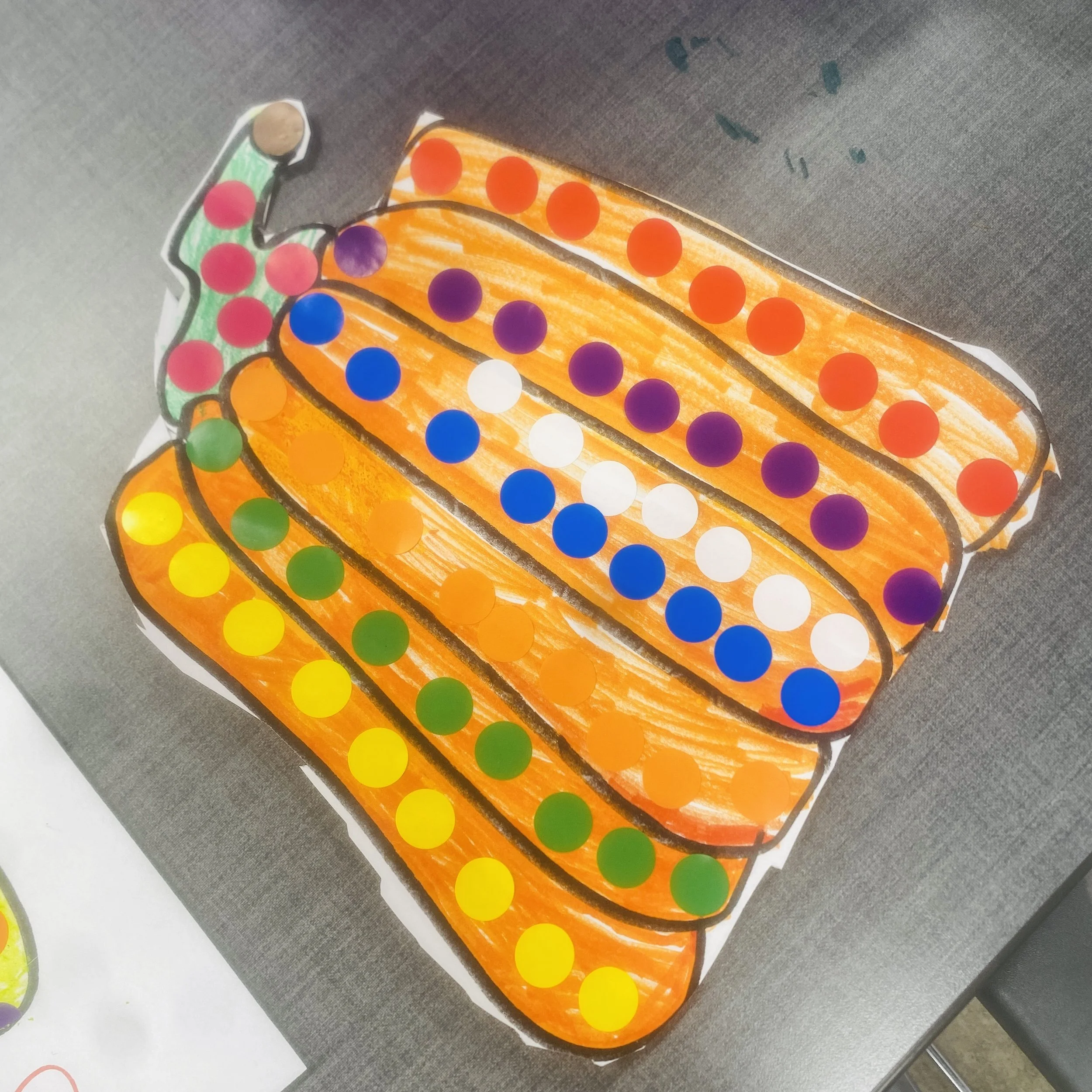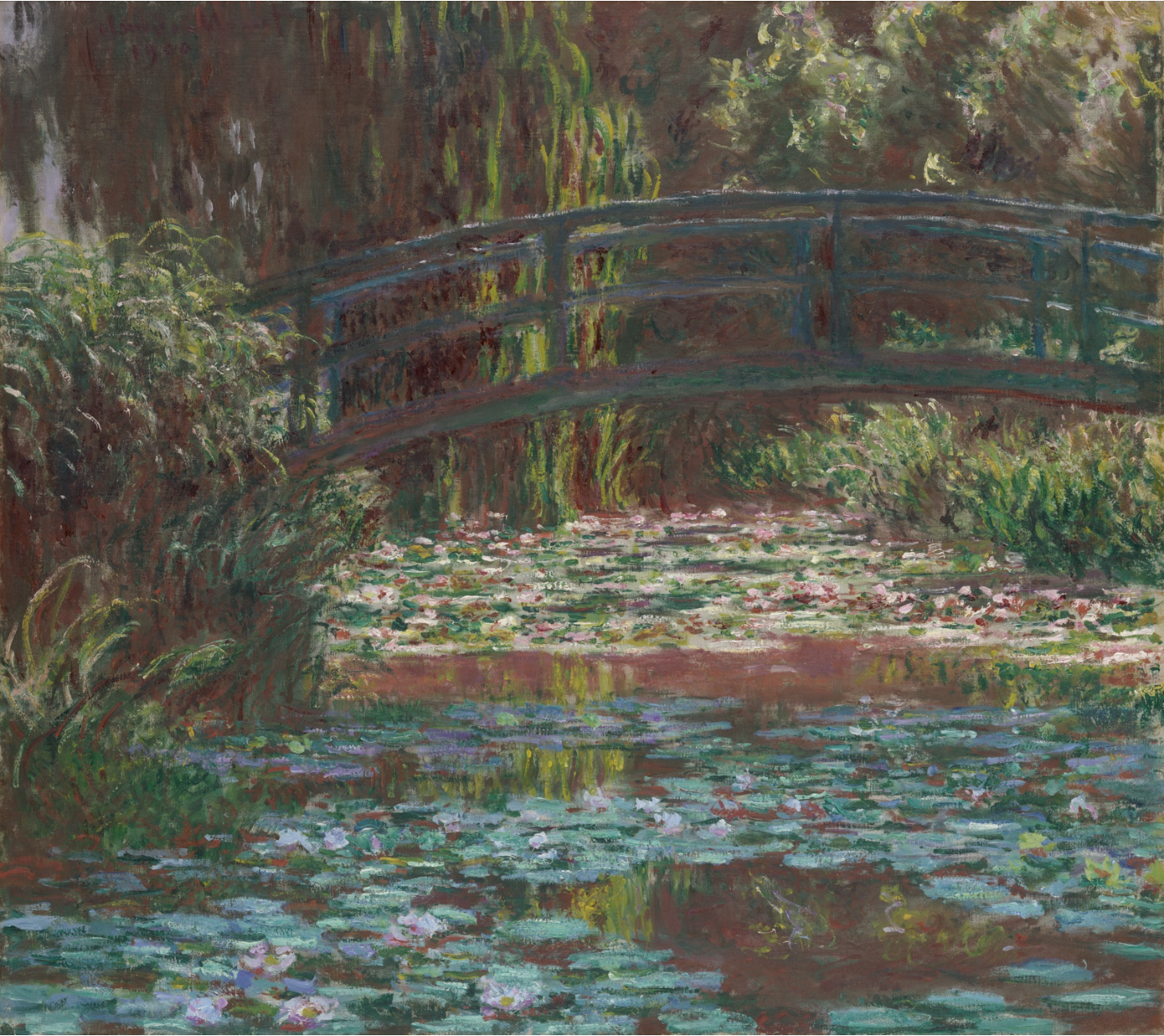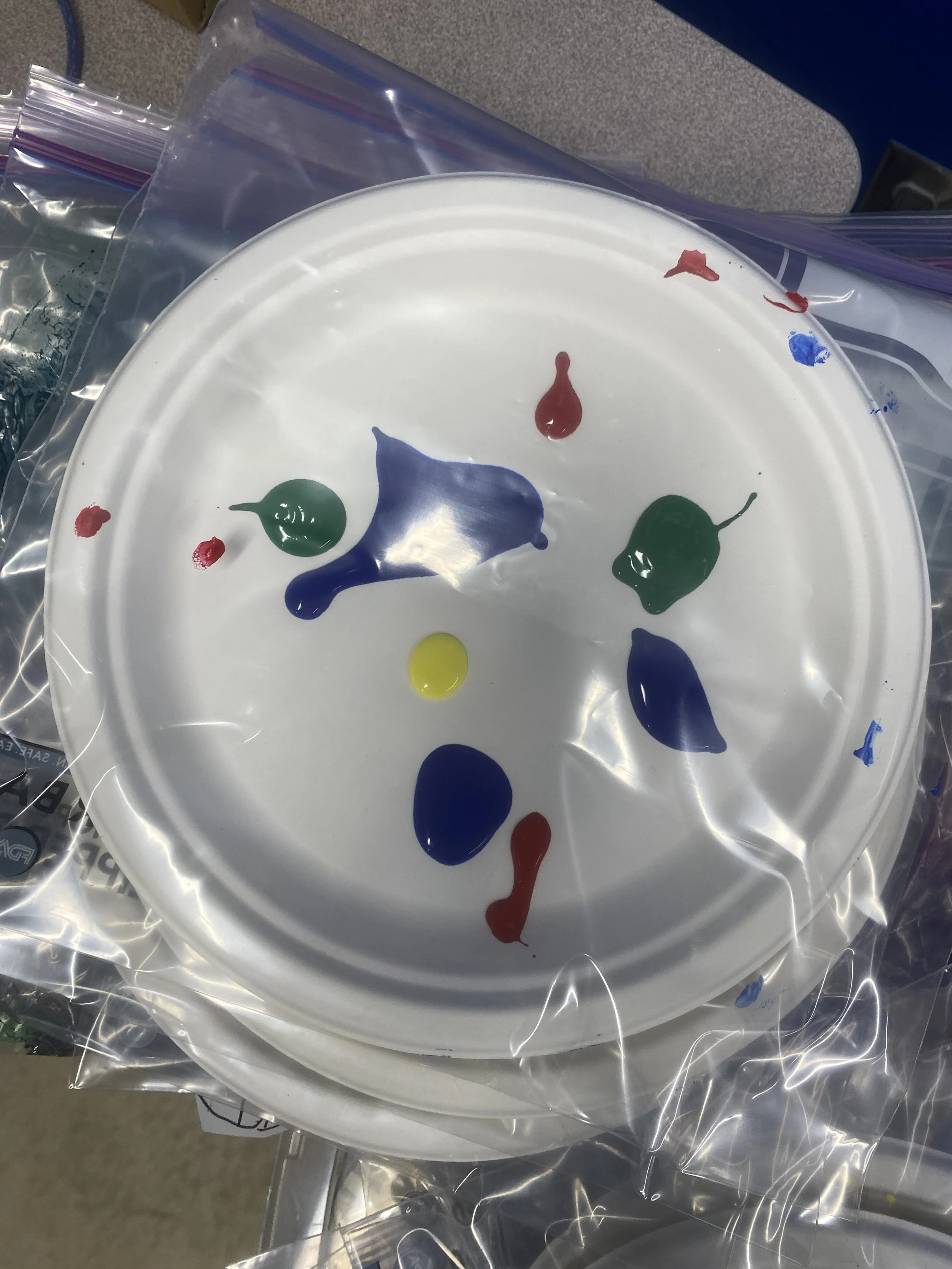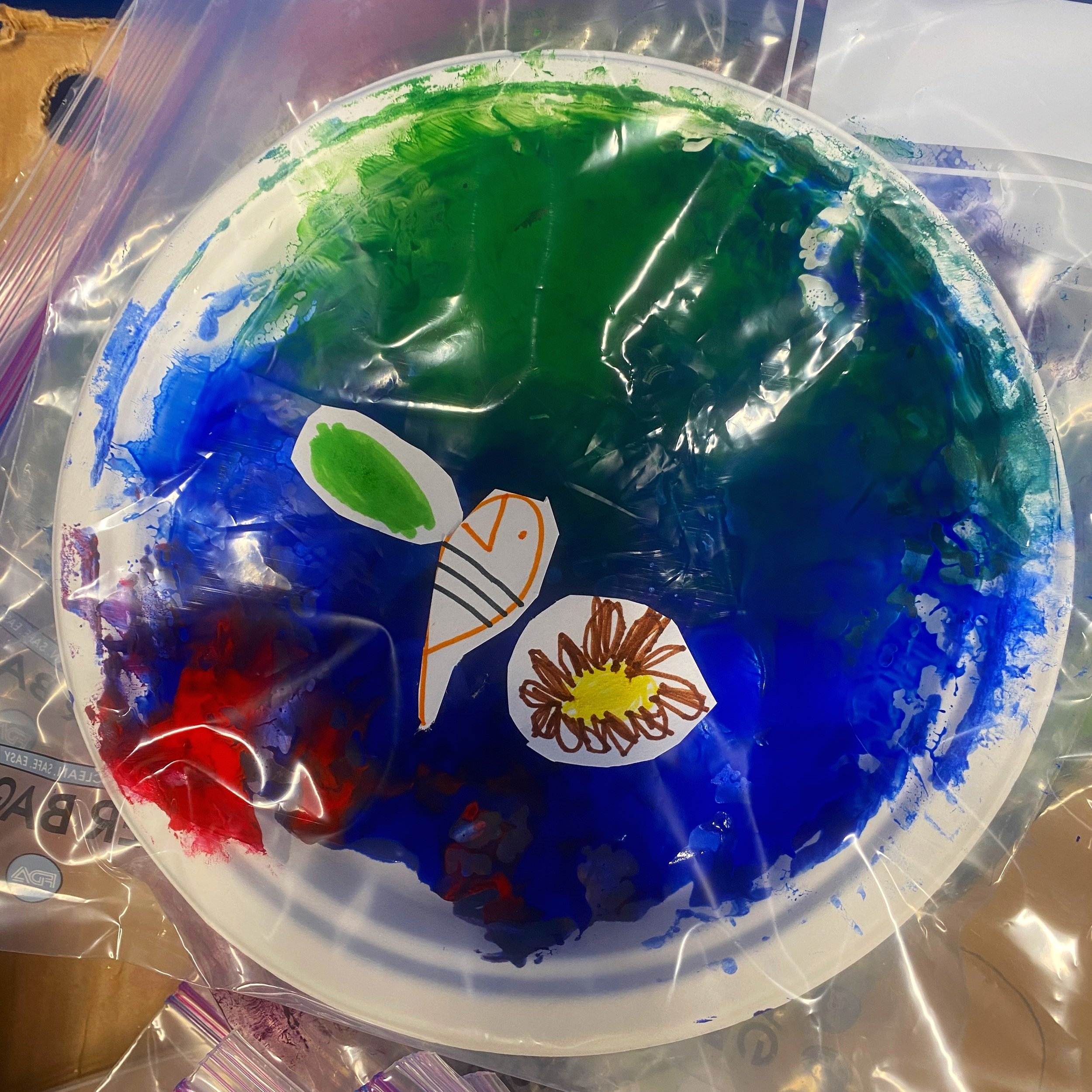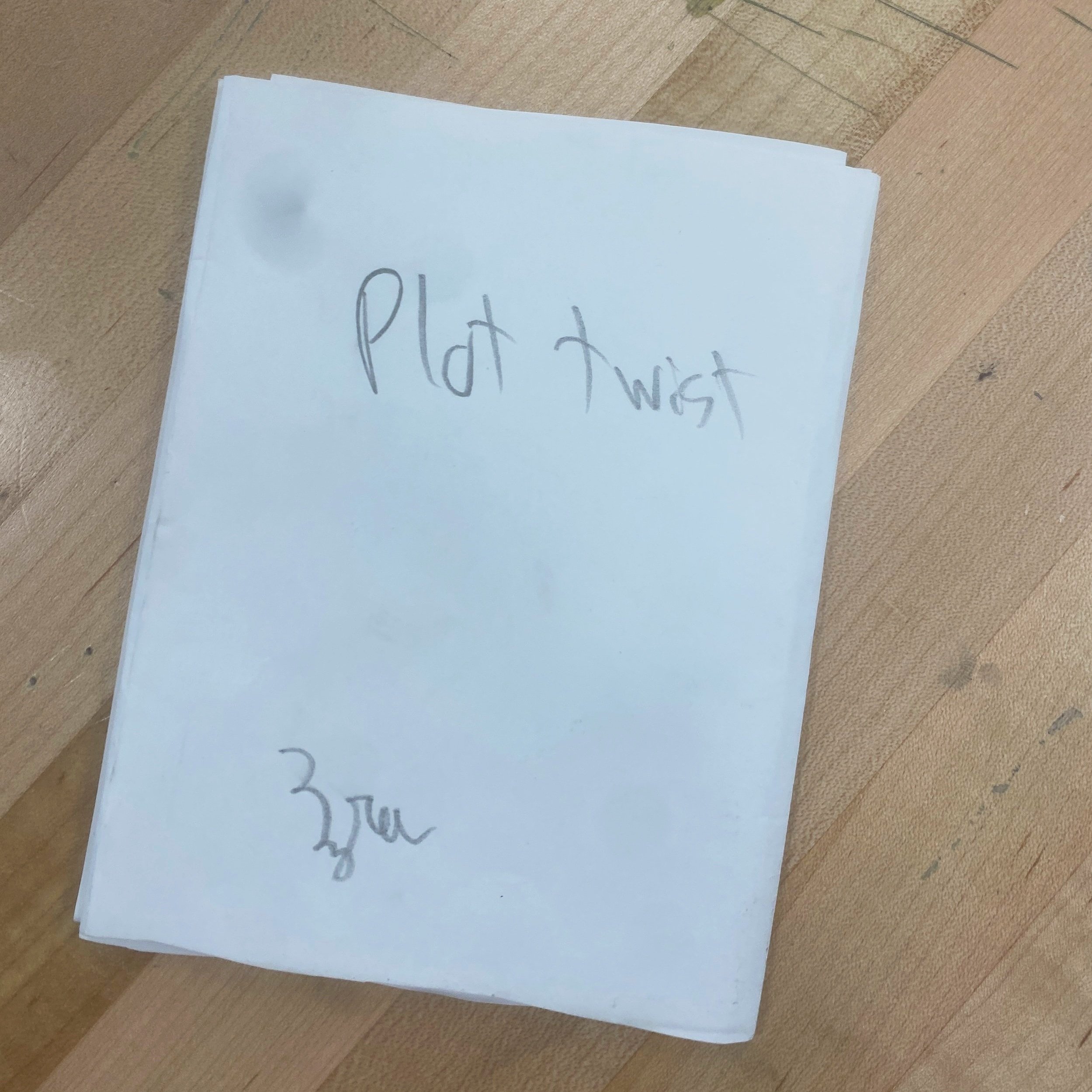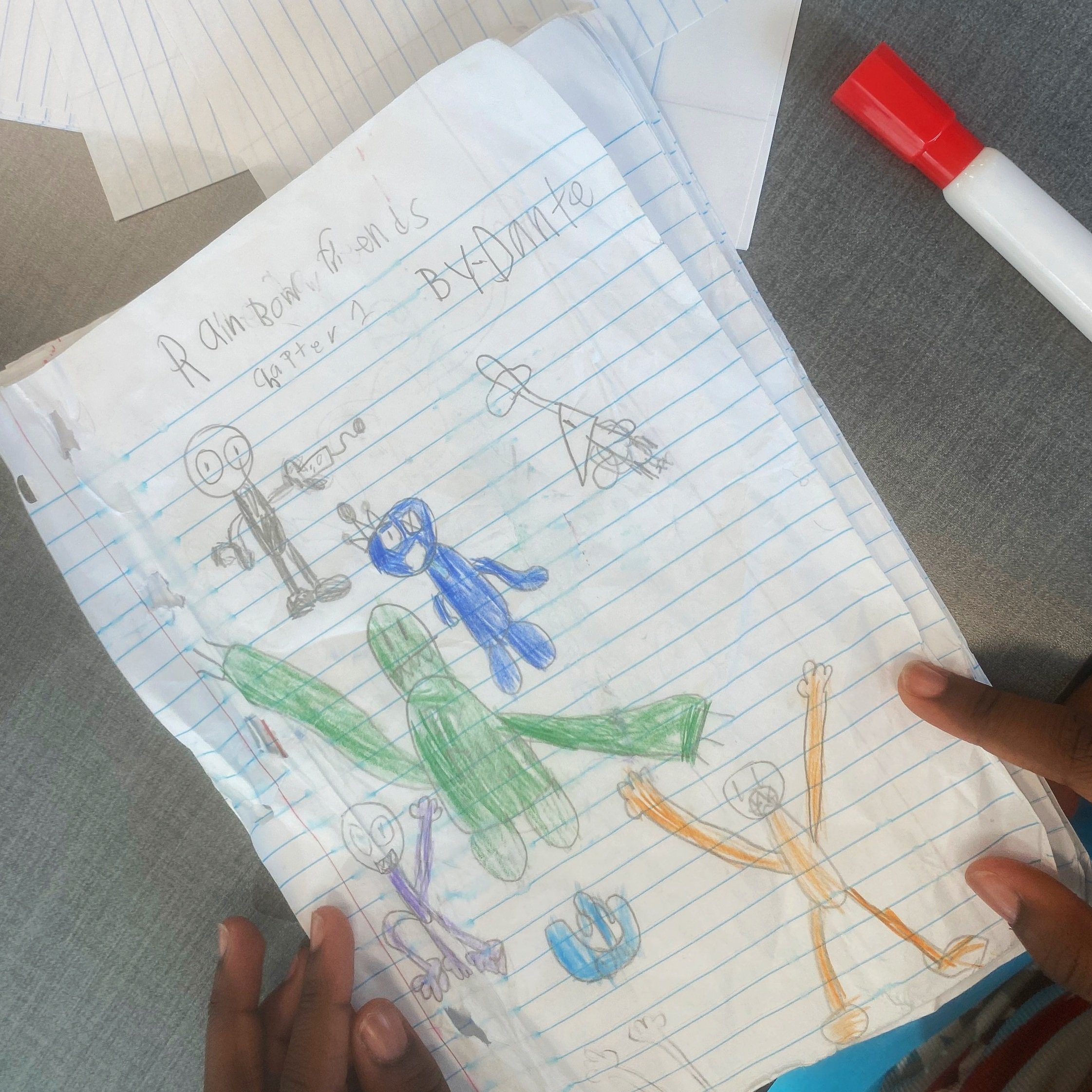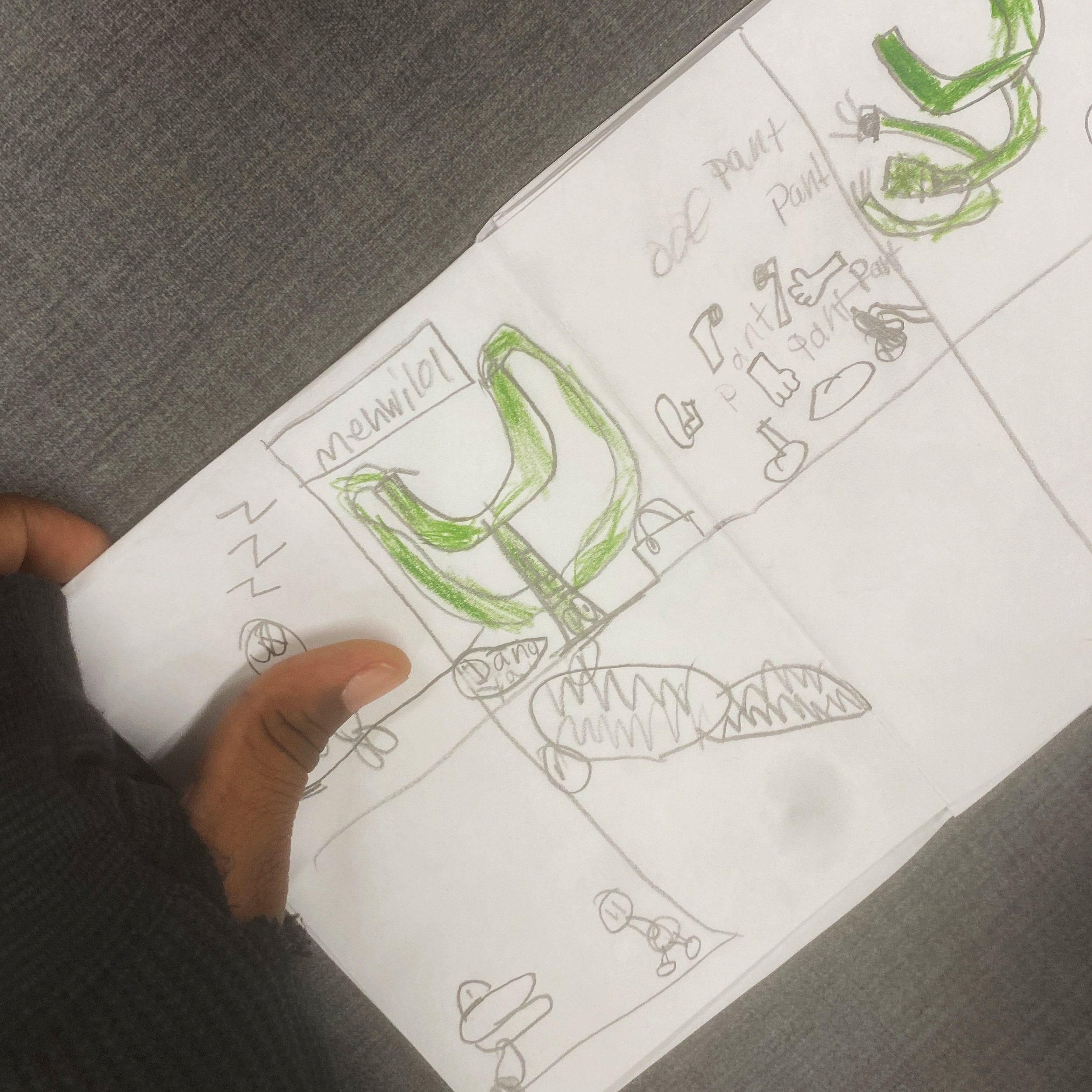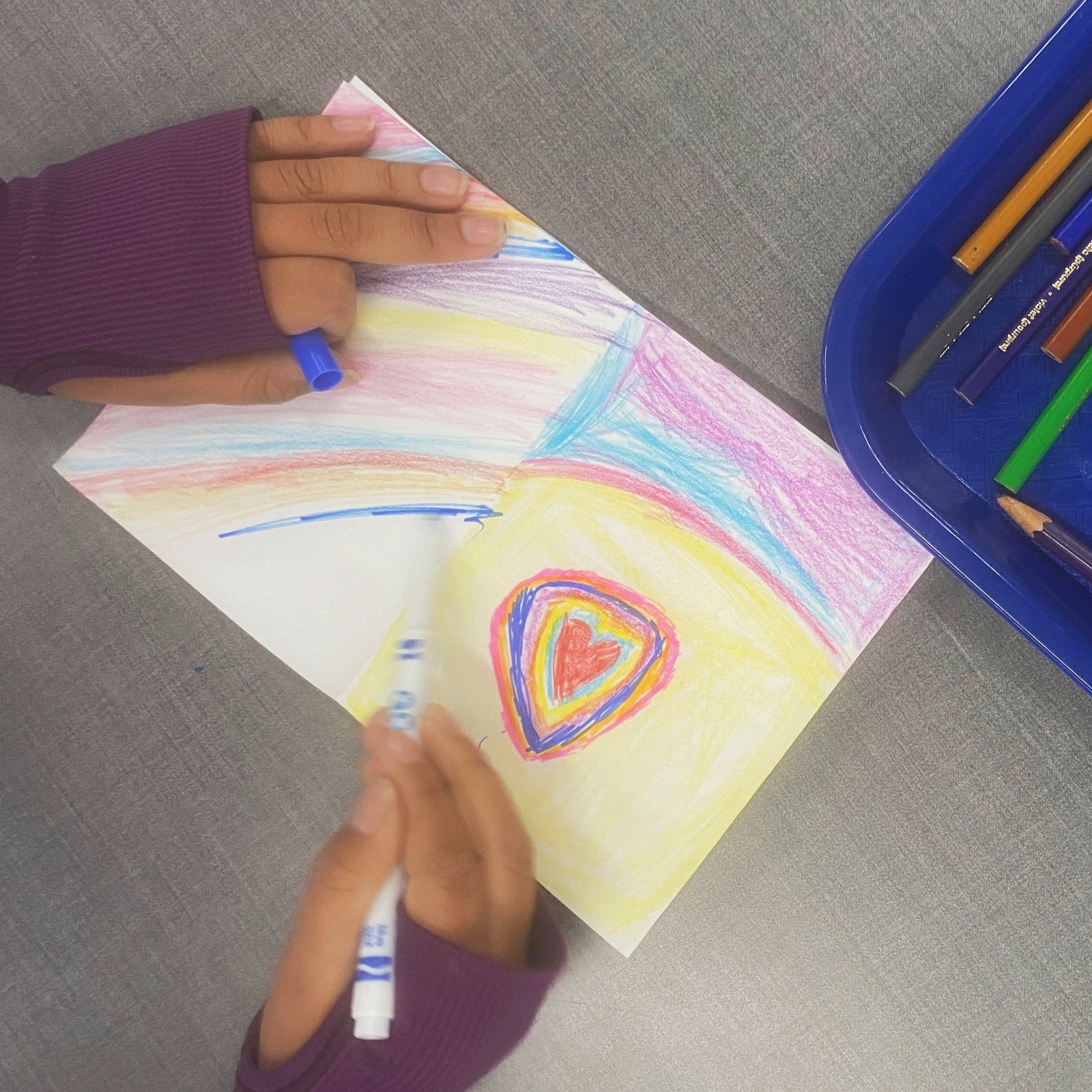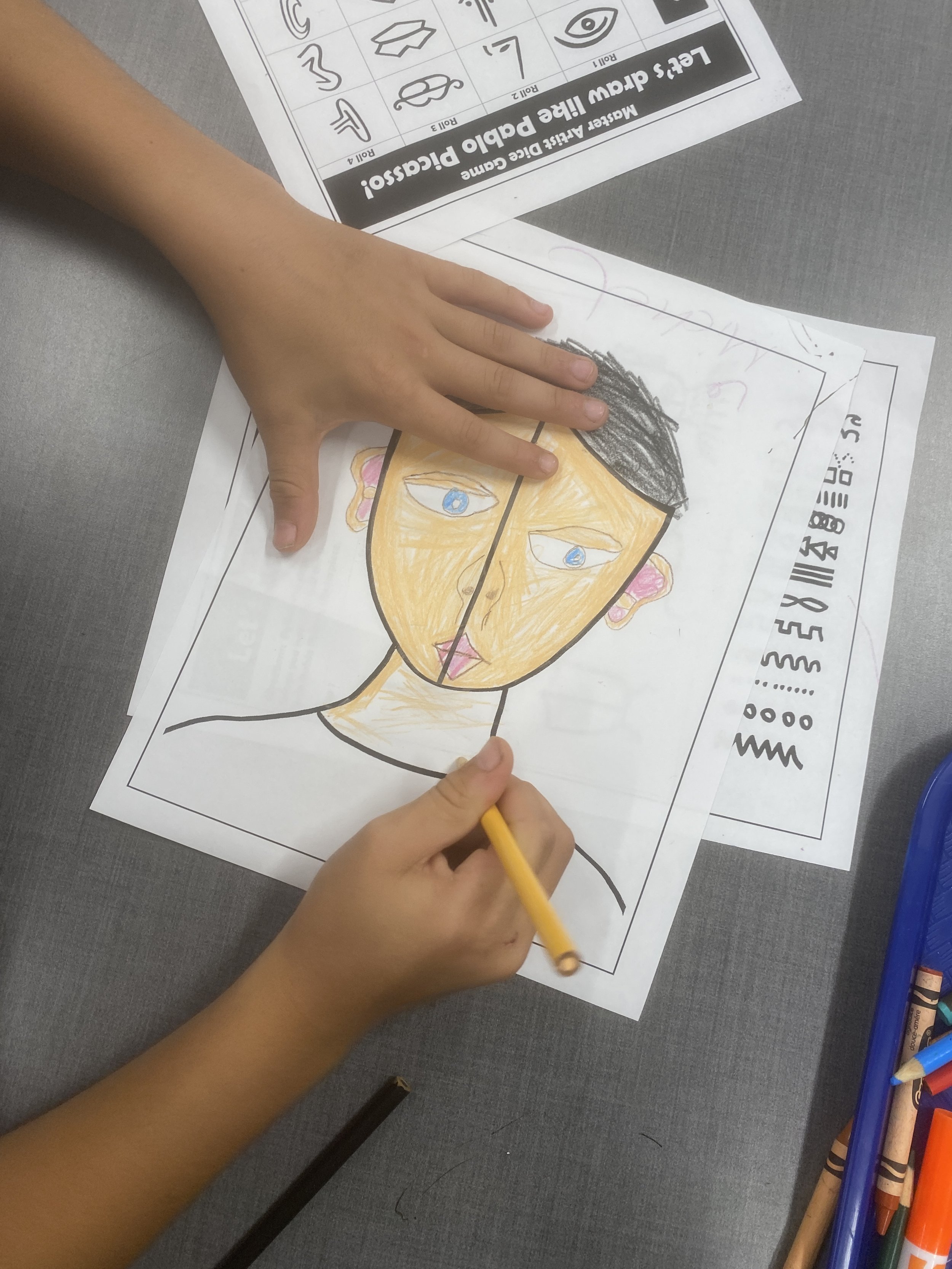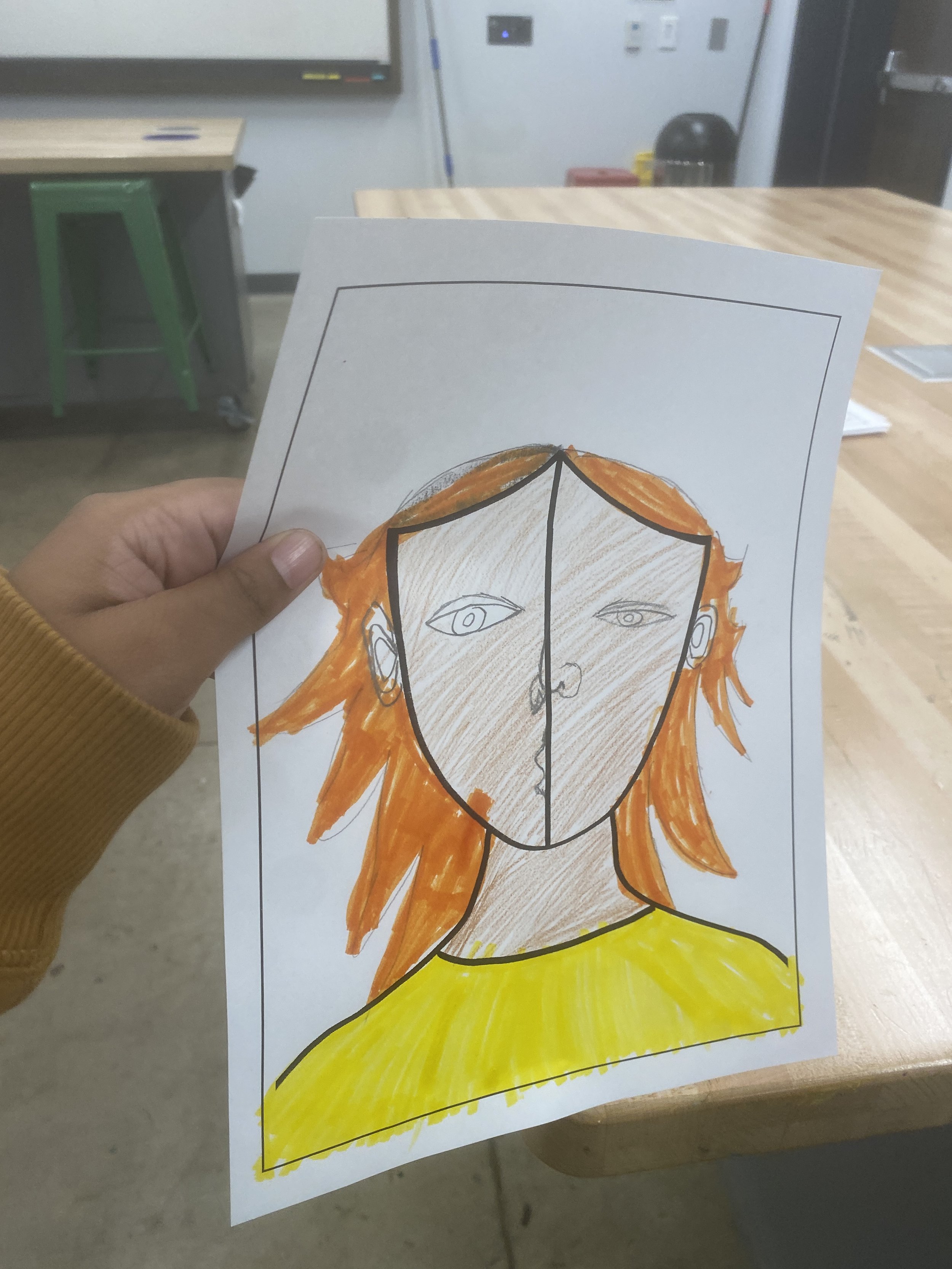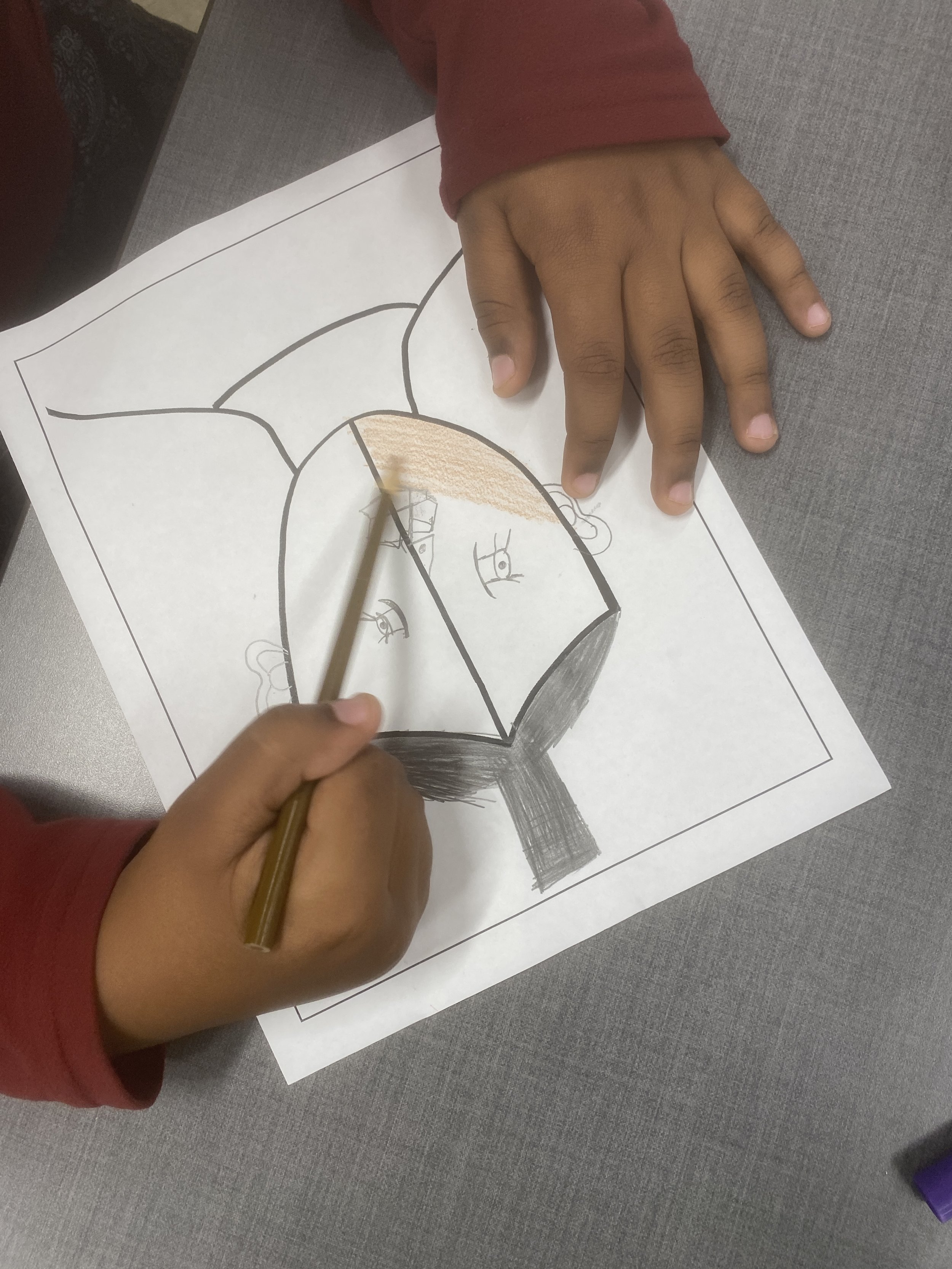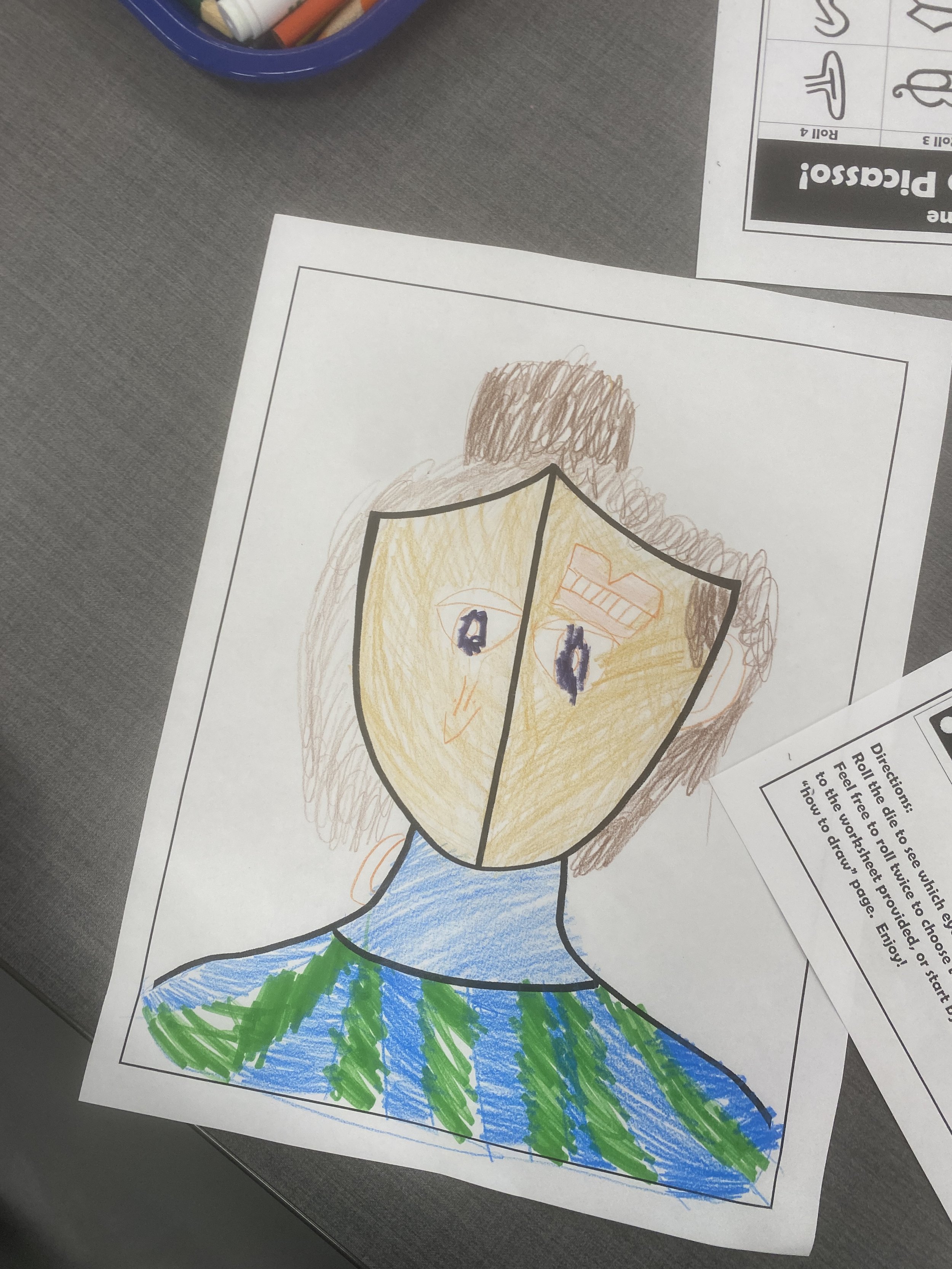Activity Purpose
This activity is designed to encourage children to reflect on their community and express gratitude, while promoting creativity and artistic self-expression. It also aims to strengthen the relationship between the Tolson Center and local residents through meaningful engagement.
Activity Description
Children will design and decorate postcards with drawings and messages of appreciation for local neighbors, helpers, and community members. Finished postcards will be placed into a special “Thank-You Mailbox” and later delivered to community organizations or displayed.
Materials
Cardstocks
Pencils
Erasers
Coloring Materials (Markers, Colored Pencils, Crayons)
Stickers
Lesson Outline
Introduction: Who are you thankful for in your neighborhood?
Hands-On Activity: Creating a Card
1. Drawing a picture on the front of the postcard
2. Writing a thank-you message inside of the card
3. Decorating the card they created
4. Dropping the finished postcard into the mailbox
5. (Optional) Photo opportunity or small prize
Expected Outcome:
1. Meaningful, creative engagement with local families
2. A collection of heartfelt cards to deliver to real community helpers
3. Positive visibility for Tolson Center
Operations
Safety Measures:
1. Parents/guardians will be encouraged to remain with their children and assist during the activity, especially for children under 6
2. Only child-safe, non-toxic art supplies will be used
3. Staff and volunteers will closely supervise children at all times
Staffing & Roles:
1. Greeting participants and guiding them
2. Managing materials
3. Assisting with clean-up
4. (optional) Photo-taking
Dear Neighbor, Thank You!
Tolson Center will participate in the City of Elkhart’s Art Walk event to engage with local families and foster a spirit of community and appreciation. Through a hands-on art activity, children will create postcards to thank neighbors and local community helpers, encouraging kindness, reflection, and artistic expression.




































